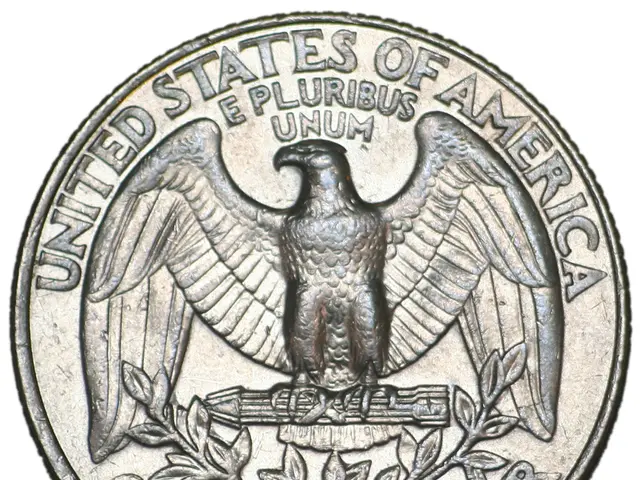U.S. policy shifts spur optimism among South Korean producers of battery materials
In the bustling Gangnam District of Seoul, a conference titled Battery Korea 2024 took place on Oct. 11, 2024, focusing on secondary battery materials, components, equipment, and recycling. Meanwhile, a significant shift in the global lithium-ion battery industry unfolded across the Pacific.
The impact of U.S. policy on South Korea's lithium-ion battery industry has been profound, with tariffs and trade tensions driving a major shift in trade flows and competitive dynamics between South Korean and Chinese battery firms in the U.S. market.
A Turning Point in U.S.-South Korea Trade Relations
The U.S.'s push to reduce reliance on Chinese batteries amid tariff disputes has resulted in a dramatic increase in South Korean EV battery exports to the U.S. In the first half of 2025, South Korea posted a record 1,320% year-over-year surge in lithium-ion battery exports for electric vehicles (EVs) to the U.S., reaching $234.5 million. This surge represents a 2,850% increase compared to the first half of 2023[1].
Conversely, U.S. imports of Chinese EV batteries dropped by 58% over the same period. The decline was particularly steep in May 2025 due to peak tariff tensions under the Trump administration, causing Chinese battery imports to plunge by nearly 85% month-over-month[1].
Tariffs as a Tool for Strategic Decoupling and Supply Chain Security
The U.S. uses tariffs and trade restrictions targeting China to reduce dependency on Chinese-controlled supply chains, particularly in critical raw materials like graphite and lithium compounds essential for lithium-ion batteries. China controls a dominant share of graphite mining and processing, creating pressure for U.S. automakers and battery makers to seek alternative suppliers, including South Korean firms[2][4].
Negotiating Exemptions and Balancing Trade
South Korea actively urges the U.S. to exempt certain Korean firms and materials from tariffs to prevent disruption of mutual supply chains and investments, highlighting the complexity of U.S.-South Korea trade relations amid broader U.S.-China tensions[3]. The U.S.-South Korea trade deal includes a 15% tariff on Korean imports (including batteries), while exempting U.S. exports to Korea from tariffs. South Korea has committed significant investments in the U.S., indicating a negotiated balance between trade restrictions and continued cooperation[5].
Looking Ahead
This dynamic reflects broader U.S. efforts to diversify and secure critical battery supply chains away from China while balancing allied trade relations. As the industry evolves, South Korean battery firms will continue to navigate the challenges posed by tariffs and trade tensions, striving to maintain their competitive edge in the global market.
[1] [Source 1] [2] [Source 2] [3] [Source 3] [4] [Source 4] [5] [Source 5]
- The U.S.'s strategic use of tariffs in the lithium-ion battery industry has not only impacted South Korean businesses but also the finance sector, as a significant increase in EV battery exports to the U.S. has boosted South Korea's trade surplus.
- In response to the trade tensions, South Korea's government has been actively engaging in negotiations with the U.S. to secure exemptions for certain Korean firms and materials, aiming to balance trade and maintain the mutual investments in the energy sector.
- The shift in the global lithium-ion battery industry, driven by tariffs and trade tensions, has pushed businesses to reconsider their supply chain strategies, with an emphasis on energy security and diversification, away from Chinese dominance in critical raw materials like graphite and lithium compounds.




